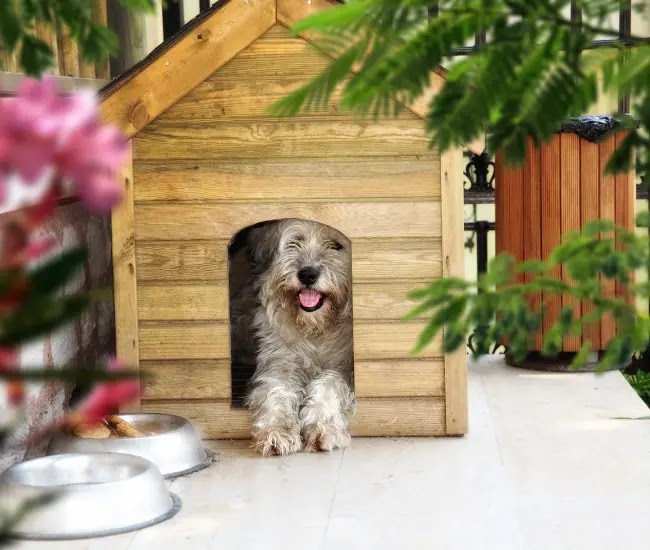Teaching your dog to use a doggy door can be a convenient way for your dog to come and go as they please, especially if you have a fenced yard. Here are the steps to teach your dog to use a doggy door:
- Introduce your dog to the doggy door: Start by introducing your dog to the doggy door. Let them sniff it and see how it works. You can also open and close the door a few times so they can see that it moves.
- Use treats to encourage your dog: Place a few treats on the ground on the other side of the door. This will encourage your dog to go through the door to get the treats. You can also hold a treat on the other side of the door to encourage your dog to go through.
- Use positive reinforcement: When your dog goes through the door, praise and reward them with a treat. Repeat this process several times until your dog is comfortable going through the door.
- Gradually increase the distance: Once your dog is comfortable going through the door, gradually increase the distance between you and the door. Start by standing a few feet away from the door and calling your dog to come through. Reward them when they come through the door.
- Repeat the process: Continue to repeat this process, gradually increasing the distance between you and the door until your dog can go through the door on their own without treats or encouragement.
- Practice with the door flap: Once your dog is comfortable going through the door, practice with the door flap. Start by holding the flap open and encouraging your dog to go through. Once your dog is comfortable with the flap, release it and let your dog push it open with their nose or body.
- Be patient: Be patient and don't force your dog through the door. Some dogs may take longer to learn than others. With time and practice, your dog will learn to use the doggy door on their own.

Comments
Post a Comment